8 Children’s Books With Indigenous Main Characters in Latin America
Do you know how many children’s books published in the U.S. feature Indigenous characters? The answer: not many.
In a way it’s not surprising, considering how indigenous communities all over the world have been and continue to be discriminated against in many ways. And that includes in Latin America. This is wrong, without a doubt.
Some of the issues currently facing Indigenous people in this region include: the deforestation of the Amazon rainforest, lack of representation in media, erasure of their histories, and threats to their languages.
At the same time, there are activists and allies that continue to fight for the rights of Indigenous communities, despite it all. That’s amazing.
One way to teach youngsters about Indigenous people is through books. The following titles are in English or Spanish (or both), and all feature Indigenous children as main characters.
The Honey Jar by Rigoberta Menchú and Domi
In this book, readers can learn about Mayan tales that the author’s grandparents told her. Also, the illustrations by Domi help bring the stories to life.
Menchú is a long-time human rights activist, that advocates for Indigenous people. Among her many recognitions, she was awarded the Nobel Peace Prize in 1992. She is K’iche’ Maya, and lives in exile because of threats she’s received due to her activism.
In addition, Menchú is the author of several other books that have also been illustrated by Domi.
The Queen of Water by Laura Resau and Maria Virginia Farinango
Based on Maria Virginia Farinango’s real life, young Virginia lives with her family in the Andes. Then, as a 7-year-old, she’s forced to leave and become a servant to a privileged couple. She is from a Quechua community in Ecuador.
The book has two authors: it’s based on Farinango’s early experiences, and written with Laura Resau (an anthropologist).
Rainbow Weaver/Tejedora del Arcoiris by Linda Elovitz Marshall and Elisa Chavarri
Follow Ixchel as she tries to continue the Mayan tradition of weaving. However, her Mom isn’t able to help, and she can’t find any yarn to use. So, Ixchel tries out different materials for weaving.
Ultimately, she realizes that she can use the plastic bags that are all over her village to weave. Not only does this story introduce readers to Mayan traditions and words, it’s also discusses recycling.
The book, illustrated by Elisa Chavarri, is in both English and Spanish.
The Legend of Ni Rahú Cave/Leyenda de la Cueva Ni Rahú by Dr. Lynne A. Guitar
Set on Hispaniola in 1488, Taíno siblings Kayabó and Anani are the main characters. They find an underwater cave, having been guided there by a sea turtle (which is a spirit guide). When there’s a drought, the cave they found helps their community.
This is the first book in a ten-book series, and they’re all in English and Spanish.
Napí funda un pueblo/Napí Makes a Village by Antonio Ramirez and Domi, Translated by Elisa Armando
In this story, Napí and her Mazateca community are displaced from their land because the government is building a dam. They journey to another land and Napí details what she saw and what has changed for her family. When her father suffers an injury, she finds her father assistance.
Illustrated by Domi, and translated by Elisa Armando, this books is in English and Spanish.
The Journey of Tunuri and the Blue Deer: A Huichol Indian Story by James Endredy, María Hernández de la Cruz, and Casimiro de la Cruz López
An educational story, this book helps to explain the ways of the Huichol people and their relationship to nature. Keep in mind, that it’s a “modern adaptation of a traditional Huichol story.”
Tunuri is the main character. He meets a Blue Deer that teaches him about nature. The deer, which is a messenger between worlds, also helps Tunuri while he’s lost in the woods.
Notably, two Huichol artists illustrated this story using traditional yarn art: María Hernández de la Cruz and Casimiro de la Cruz López.
Child of the Flower-Song People: Luz Jiménez, Daughter of the Nahua by Gloria Amescua and Duncan Tonatiuh
In this book, readers will learn about the life of the Nahua woman Luz Jiménez. This is biography explores how she educated people about Indigenous culture and language. She modeled for different artists and photographers, which helped to create awareness.
Also, this book includes a timeline and glossary. Duncan Tonatiuh illustrated the book, in his signature style.
El Areyto de la Pluma by Tere Marichal-Lugo
Tere Marichal-Lugo, this book’s writer and illustrator, is a storyteller and former children’s TV show host. She’s written many books featuring Indigenous children, and this specific story focuses on the areyto. You might be wondering, what is that?
To put it simply, the areyto is a ceremony featuring dancing, singing, and storytelling by Taínos. They’re an Indigenous community that lived in various Latin American countries, including the Caribbean.

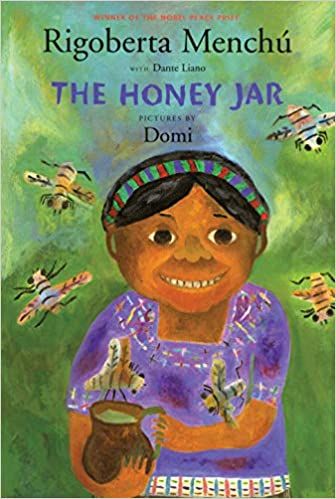

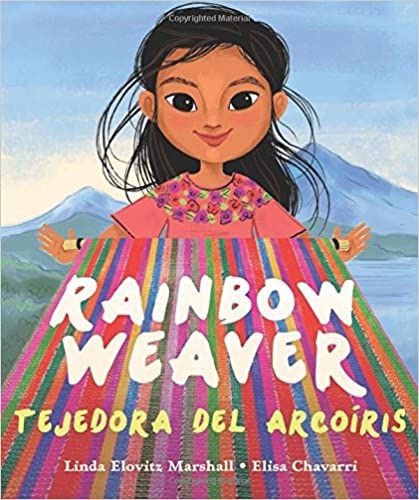
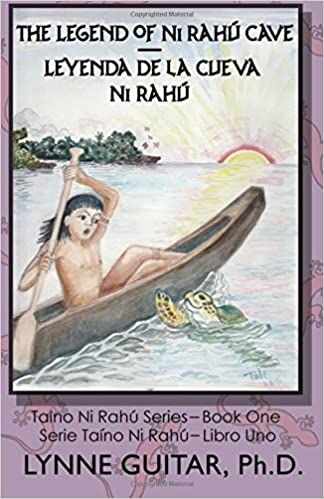
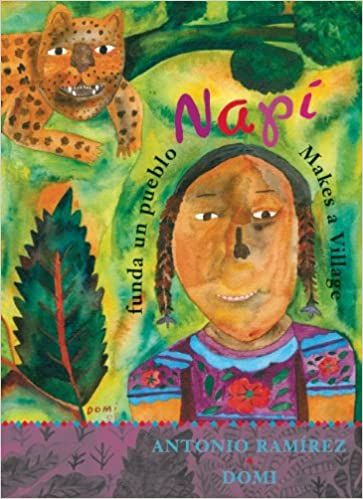
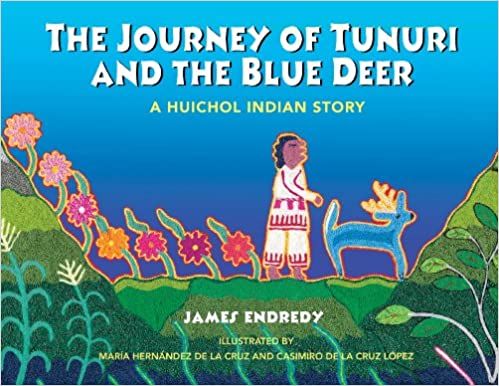
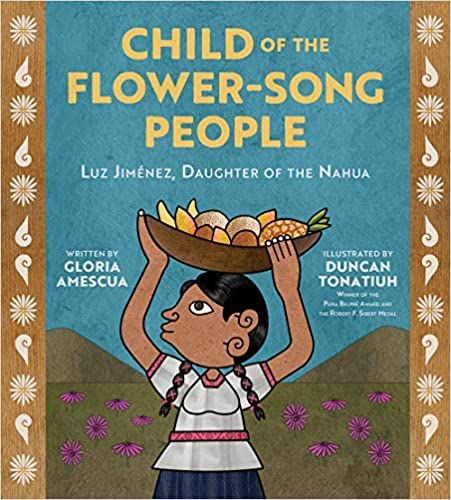


إرسال تعليق
0 تعليقات